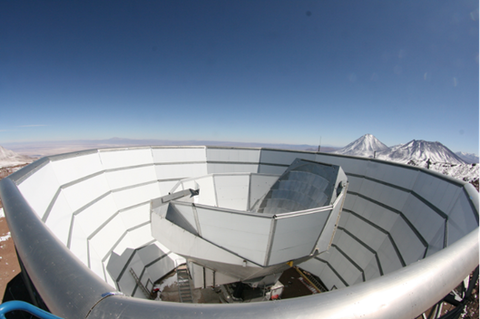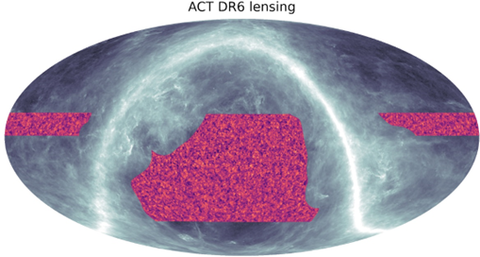The Atacama Cosmology Telescope collaboration, which includes scientists from NIST, Unveils New Map of Dark Matter

A groundbreaking new image taken by the Atacama Cosmology Telescope (ACT) in Chile reveals the most detailed map ever taken of the distribution of dark matter across a quarter of the entire sky and far back in time. Dark matter, the invisible material believed to make up 85 percent of the mass of the cosmos, provides the gravitational glue that hold galaxies together and provides the scaffolding for the large-scale structure of the universe.

Members of the ACT collaboration reported their findings on April 11.
Researchers in the Quantum Sensors Group at the National Institute of Standards and Technology (NIST) designed and built four arrays of sensors for the telescope’s camera. Because the telescope records faint emissions in the millimeter-wave portion of the electromagnetic spectrum, the NIST team developed specialized sensors, made up of superconducting circuit elements that operate at a temperature just a fraction of a degree above absolute zero. Reading these sensors requires multiplexed superconducting electronics, which NIST also provided.
The new map provides further support for Einstein’s theory of general relativity, which has been the foundation of the standard model of cosmology for more than a century. The map also offers new methods to elucidate the nature of dark matter, which remains a mystery.
For more information on how scientists at NIST collaborate with astronomers to explore the universe, see our Measuring the Cosmos site.

